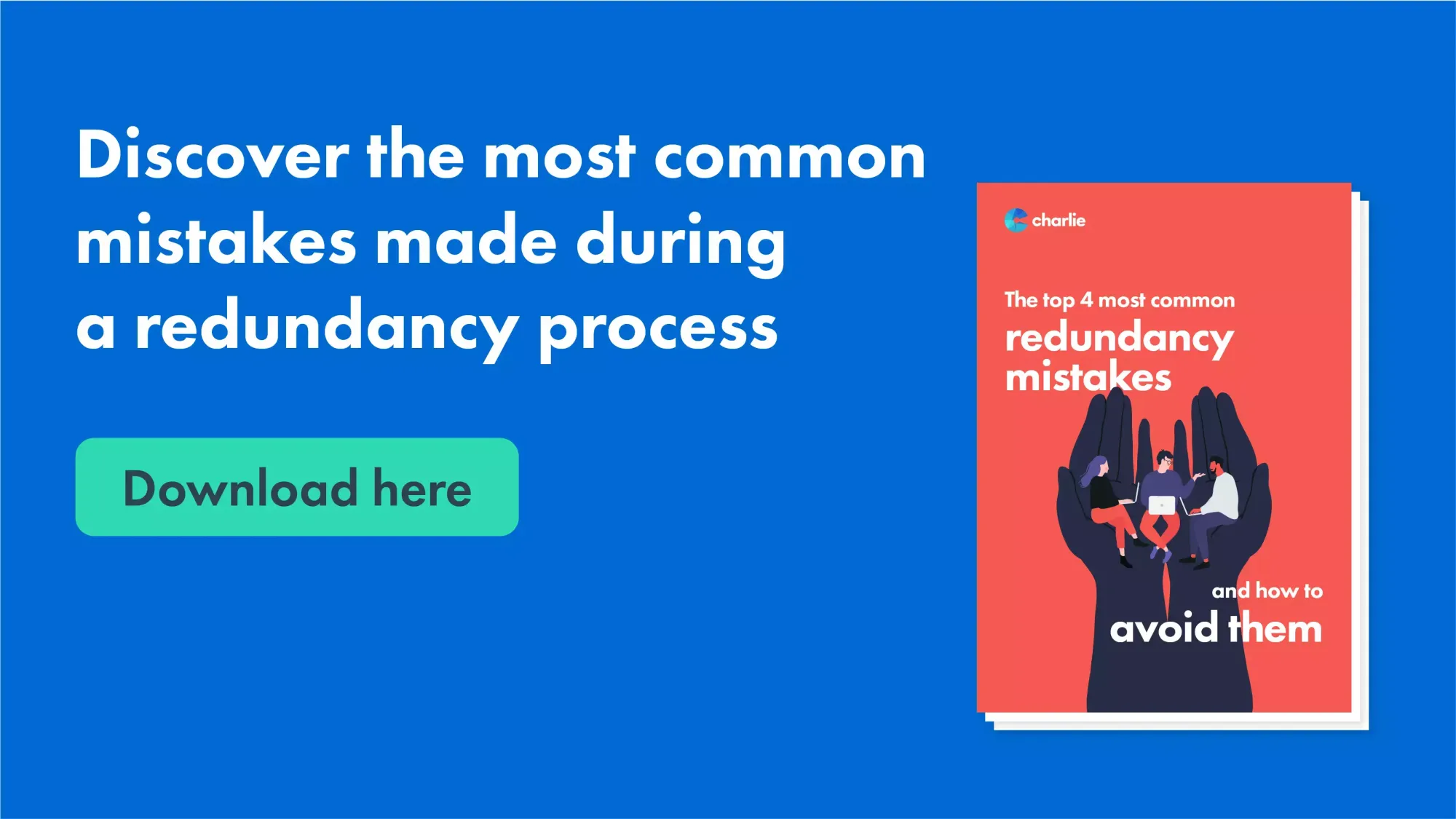Your Rights to Redundancy If Company Goes Bust: UK Employee Protections
Your Rights to Redundancy If Company Goes Bust: UK Employee Protections
Blog Article
Exploring the Operational Characteristics of Business Redundancy and Its Long-Term Sustainability

Redundancy Techniques for Company Continuity
In order to guarantee continuous operations, services must implement effective redundancy techniques for company connection. Redundancy in this context refers to the replication of vital elements or functions within a system to mitigate the effect of potential failures. By integrating redundancy methods, companies can enhance their resilience against disturbances caused by numerous elements such as all-natural disasters, tools failures, or cyber-attacks.
One common redundancy method is the implementation of back-up systems and data storage space services. This entails creating duplicates of necessary information and systems that can be triggered in instance of a primary system failure. In addition, organizations can develop redundant interaction channels and source of power to maintain connectivity and operations during unpredicted events.
In addition, cross-training staff members to execute multiple functions within the business can work as a beneficial redundancy approach. If essential personnel are unavailable due to health problem or various other reasons, this makes certain that essential tasks can still be lugged out also. Generally, efficient redundancy techniques are crucial for companies to maintain operational connection and reduce the effect of potential disruptions.
Effect of Redundancy on Organizational Durability
Given the essential function redundancy strategies play in guaranteeing company continuity, checking out the influence of redundancy on organizational durability comes to be necessary for understanding the holistic operational dynamics of a firm. Redundancy, when purposefully executed, can considerably add to enhancing a company's strength in the face of unexpected difficulties.
Furthermore, redundancy can boost staff member spirits and confidence, understanding that there are backup strategies in place to address unforeseen situations. This complacency can cause increased productivity and a more favorable workplace. Furthermore, redundancy can see cultivate development and creativity within a company as staff members feel equipped to take calculated threats, knowing that there is a safety internet to sustain them in case of failing. Generally, the influence of redundancy on organizational strength is profound, shaping the long-term sustainability and success of a company.
Balancing Efficiency and Adaptability in Redundancy
Achieving a harmonious equilibrium in between operational efficiency and flexible adaptability is an essential obstacle in the calculated implementation of redundancy within companies. Too much versatility without a strong functional structure can result in inadequacies and inconsistency.
To stabilize performance and versatility in redundancy planning, companies must meticulously analyze their operational requirements, market dynamics, and tactical goals. Eventually, finding the appropriate stability in between effectiveness and versatility is important for constructing a sustainable and resilient organization in the face of unpredictability.
Long-Term Sustainability Via Redundancy Planning
To ensure enduring viability and security, companies must strategically align their redundancy planning with long-term sustainability goals, therefore harmonizing functional performance with flexible flexibility. Long-term sustainability with redundancy planning entails even more than just temporary cost-cutting procedures. It requires a thorough tactical technique that anticipates future difficulties and opportunities. Firms should view redundancy not as a reactive remedy to instant troubles yet as a proactive approach for long-lasting success. By incorporating redundancy preparation with sustainability objectives, organizations can produce a durable framework that can withstand numerous market variations and internal changes.

Aggressive Actions for Lasting Business Operations
How can companies proactively boost their operational sustainability for long-lasting success? Implementing aggressive steps is necessary for firms aiming to make certain sustainable procedures.
Moreover, promoting a society of constant enhancement and understanding within the organization can boost versatility to altering market problems and customer needs. Urging worker participation in decision-making useful reference processes and providing chances for expert growth can enhance spirits, performance, and overall efficiency. Developing clear goals, keeping an eye on key efficiency indicators, and frequently reviewing development are important elements of aggressive sustainability management.
Collaborating with vendors, consumers, and other stakeholders to advertise lasting techniques throughout the supply chain can develop a causal sequence of favorable impact - redundancy pay if company goes bust. By taking positive actions towards functional sustainability, companies can construct resilience, drive technology, and protect their long-term success in an ever-evolving business landscape
Verdict

In the world of organizational monitoring, the critical deployment of company redundancy stands as an essential yet elaborate practice that demands a delicate balance in between functional effectiveness and long-lasting viability. By studying the operational dynamics that click to read underpin business redundancy and evaluating its broader implications for organizational resilience and adaptability, a nuanced understanding of how redundancy approaches can shape the future trajectory of a company starts to unravel.Provided the essential duty redundancy strategies play in making certain organization connection, discovering the impact of redundancy on organizational resilience ends up being crucial for recognizing the alternative functional dynamics of a business. In general, the impact of redundancy on organizational durability is extensive, forming the long-term sustainability and success of a business.
In final thought, comprehending the operational dynamics of business redundancy is crucial for making certain lasting sustainability.
Report this page